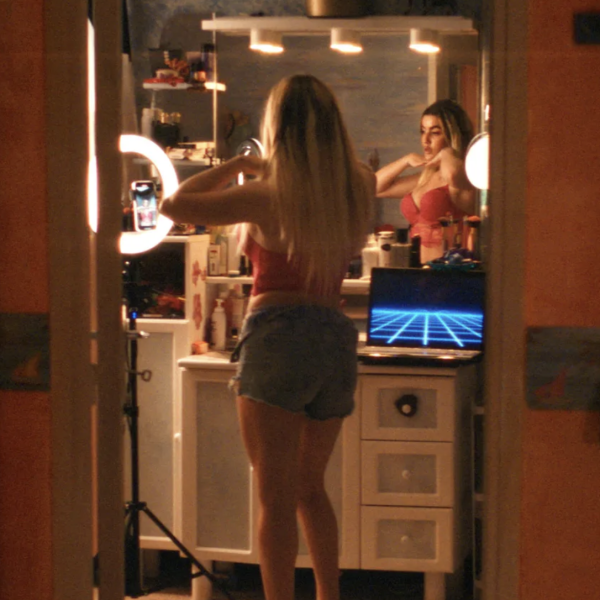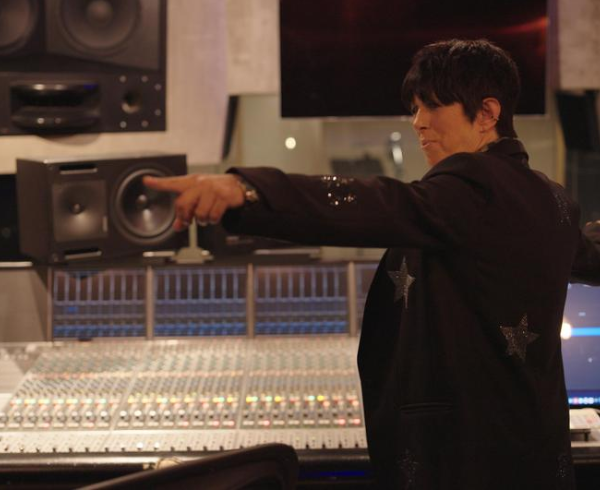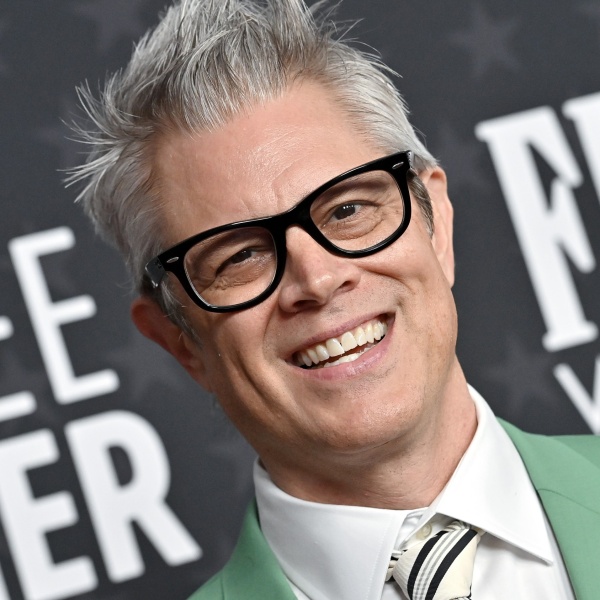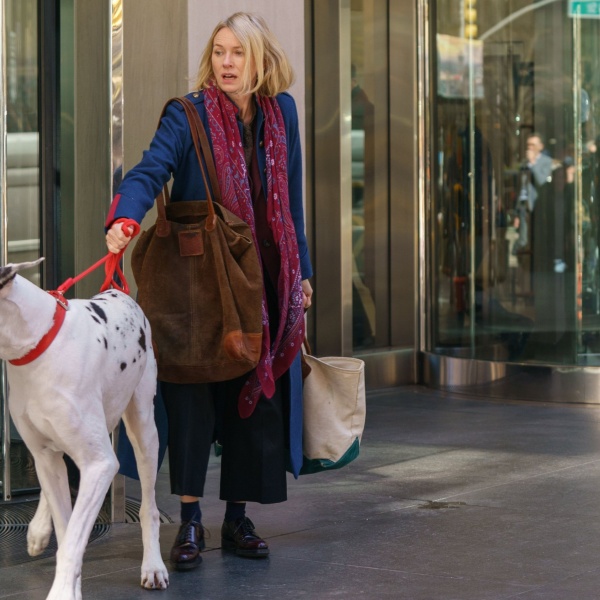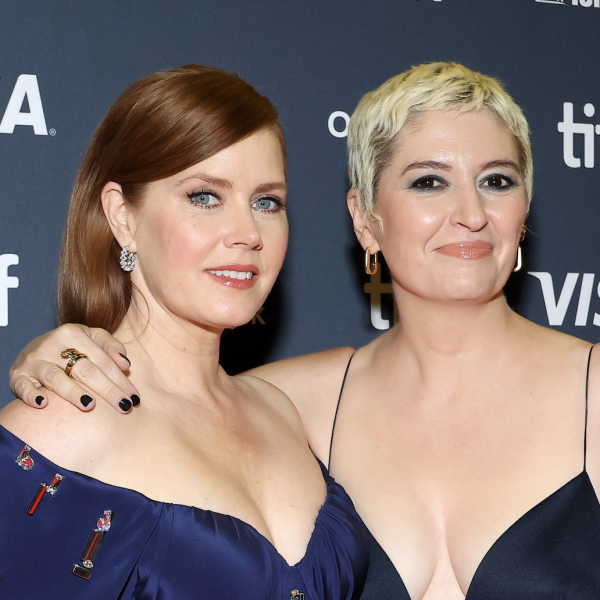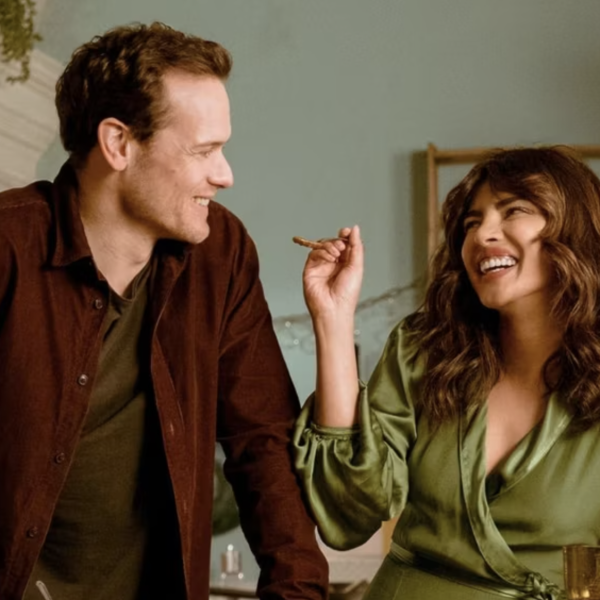“Poor Things” marks a radical shift for Yorgos Lanthimos. The director gained global acclaim with the microbudget “Dogtooth” in 2009 ($689,000 worldwide); by 2018, he scored 10 Oscar nominations and one win for star Olivia Colman with the $15 million “The Favourite” ($95 million worldwide). With Venice Golden Lion winner “Poor Things,” he has a $35 million budget, critical acclaim, and another crack at multiple Oscars.
Based on the 1992 novel by Scottish artist and author Alisdair Gray (otherwise known as “Poor Things: Episodes from the Early Life of Archibald McCandless M.D., Scottish Public Health Officer”), screenwriter Tony McNamara (“The Favourite”) focused the narrative on young Bella Baxter (Emma Stone), a woman reanimated by scientist Dr. Godwin Baxter (Willem Dafoe) who placed her own baby’s brain into her skull.
Lanthimos loved Gray’s book and in 2009 traveled to Scotland to meet the author and plead his case for adaptation. Around 2015, Irish producers Ed Guiney and Andrew Lowe of Element Pictures optioned the rights with Film4, Lanthimos’ longtime backer.
“We were all in. Yorgos was so passionate about it,” said Guiney on Zoom. “It sounded so original and bold, without quite knowing the path to getting the thing made.”
They were buoyed by the success of “The Favourite” and the participation of producer and lead Emma Stone. She was Lanthimos’ first choice for Bella and “they became very close working together on ‘The Favourite,’” said Guiney. “She has been for all of us an important part of all the conversations that we’ve been having together about making the film and putting it out into the world.”
Stone had to capture Bella’s delicate trajectory from halting childlike innocent to exuberant sexual explorer and mature uber-feminist. “Yorgos and Emma talked about that together and the physicality of the detail of it,” said Guiney. “Some of that was during the lockdown, so there was more time for conversation. It’s the story of Bella’s self-actualization. The film was a collaboration primarily between Emma and Yorgos.”
While Willem Dafoe is delicious under piles of prosthetics as the paternal Dr. Baxter, the film’s great revelation is Mark Ruffalo, who reveals his skills as Baxter’s buffoonish lover, slapstick comedian, and ballroom dancer. “He beautifully channels Peter Sellers and Charlie Chaplin,” said Guiney.

Lanthimos turned to Hollywood soundstage productions of the 1940s for his “Poor Things” references. This reflected a radical departure for the director and cinematographer Robbie Ryan, whose previous collaborations relied on location shoots and natural lighting. “The scale of the production was going to be expensive,” said Lowe. “I’m not sure we necessarily understood the full scale of it when we started out.”
Several soundstages in Budapest allowed producers to stretch a budget that demanded detailed and elaborate production and costume designs. “It was a collaboration between [production designers] Shona Heath and James Price,” said Guiney. “We’ve worked with James before. Shona comes from the world of commercials, so it’s actually the first film she’s ever done. We had a long concepting period where they were exploring how to approach the look of the film; they both come with very particular aesthetics. But in some ways, James was big picture and Shona was detail.”
The filmmakers operated in a fantasy realm parallel to the real-world aesthetics of a 19th-century Victorian continental tour. Lanthimos gave McNamara the references of Federico Fellini’s 1983 “The Ship Sails On,” Luis Buñuel’s 1967 “Belle de Jour,” and Mel Brooks’ 1974 “Young Frankenstein.”
“Yorgos’ films all existed in slightly adjacent worlds,” said Guiney. “This world is a version of the grand tour. It grew and evolved. And it’s partly inspired by Alasdair Gray’s art. It’s iconically recognizable as Paris or Lisbon, or indeed the ship to Alexandria. But it’s not like any Paris or Lisbon or ship to Alexandria that exists in the real world or ever did.”

Lanthimos chooses his collaborators and then trusts them to realize his ideas. “You allow those people to mine their own imaginations, with his input,” said Guiney. “But there’s a lot of creativity allowed for the heads of department on a Yorgos movie.”
The London home of the Baxters, for example, was a two-story house with rooms that led into other rooms. “Baxter had designed a world that was safe for Bella to grow up in,” said Lowe. “And so all the soft furnishings were everywhere: the detail in the ceiling, on the walls, the padded carpet. And Yorgos had planned to shoot most of it in black and white.”
Surrounding the steamship were huge wraparound LED screens that featured projections of the sea. “You can have the illusion, when you’re on the ship looking out the windows, that the sea is there,” said Guiney. “There is some CGI work done on it, but mainly it’s a set.”
Lanthimos tries to shoot in camera — not everything, “but as much as possible,” said Guiney. “It’s built, it’s present. In that sense, it’s quite old-school filmmaking. It’s shot on film. There is some enhancement, but in a lovely way it’s quite handmade.”
The film has been finished for a while. “The first cut we saw was glorious and breathtaking,” said Guiney. “We saw it before last season’s movies came out and, ‘God, what will people make of this?’”
Due to the strikes, Searchlight’s decision to move the release date from post-fall-festival September to December 8 was fraught at the time, but for Guiney, “it was great to allow the heads of departments to shine. It’s given them a space that they may not have had otherwise.”
Next up: Lanthimos’ next film “Kinds of Kindness” (once called “And”) is in post, which was shot in New Orleans last autumn with Stone, Dafoe, Hunter Schafer, Joe Alwyn, Margaret Qualley, Jesse Plemons, and Hong Chau.

